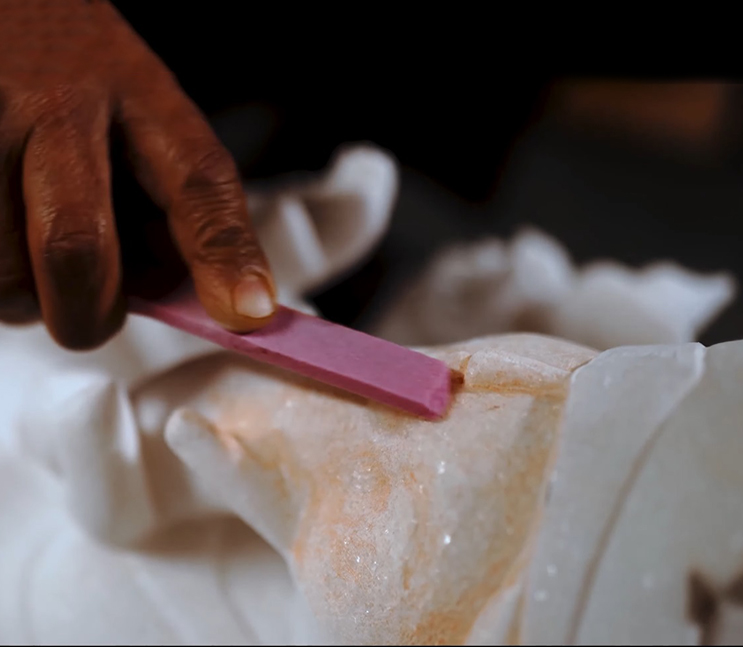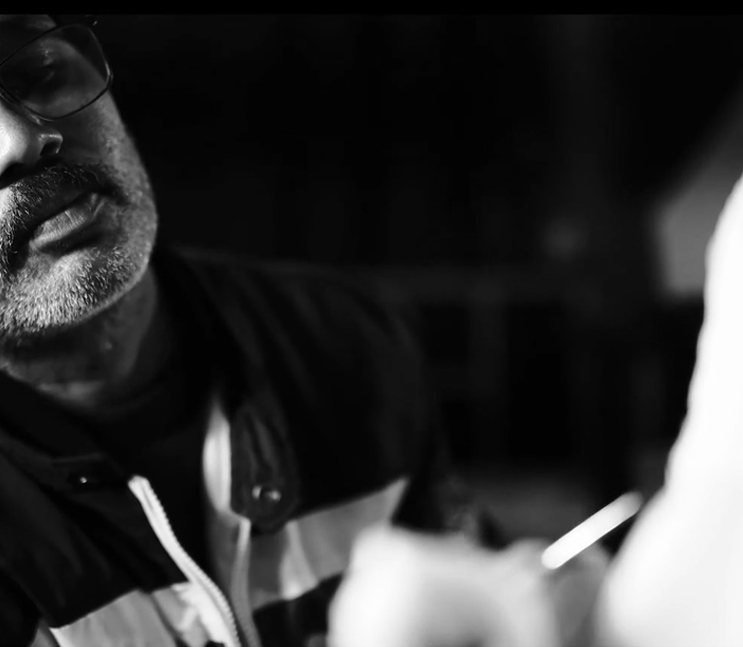
The Advancement of Moorti Making: A History of the Indian Image
Moortis are a significant part of Indian culture and religion for thousands of years. These sacred images of deities and ancestors are made to be worshiped and revered by followers of different faiths. Moortis are also often made to be of the likeness and form of certain people. In the present day, moortis are also used for meditation, as objects of devotion, for personal use or for commercial purposes. Moortis of deities, ancestors and other revered people are made by various artists and craftspeople.
The art of moorti making is an ancient one, which has evolved over the centuries. Moorti making can be divided into several categories, some of which are mentioned below.
Moorti making is an ancient craft that has been practised in India for thousands of years. The craft has been passed on from one generation to another, with the help of one who has mastered it.
The origin of moorti making
During the pre-historic period, people sculpted images of animals and plants on stone and other rock-based surfaces. The majority of these images were part of the basic subsistence needs of people. With the advent of agriculture, people started to make images of their gods and goddesses. Cultures in South and South-east Asia also make representations of their gods and goddesses on boats, palanquins, pillars, and other objects of wood and stone.
The craft of making sculptures and representations of people on the surface of various materials like wood, stone, clay and metal, is called moorti making.
Moorti making is an ancient craft that has been practised in India for thousands of years. The craft has been passed on from one generation to another, with the help of one who has mastered it.

The early moorti-makers of Pala dynasty
The earliest people who started making moortis of deities and ancestors were the Palas of Bengal and Bengal’s neighbours. The Palas of Bengal during the 11th to 13th centuries AD were amongst the first to start making moortis of deities and ancestors. The Palas were also responsible for the construction of many great temples in India, including the Sanchi Temple, the Varanasi Temple, the Koneswaram Temple, the Ekambareswarar Temple, the Dwarka Temple, the Somnath Temple and the Udayagiri Stupa. They were also adept masons who were able to build huge structures like the Great Stupa at Sanchi and the giant Ganesh statue at Khandighar. The Palas were also responsible for the first major pilgrimage route in India, the Ganga-Jamuni Circuit. This route later became an important trade route. Travelling along the Ganga-Jamuni Circuit was reserved for the few, who ventured from one end to the other and back, making moortis along the way.
The Mughal period and the beginning of moorti-making
Under the Mughals, who ruled from Delhi from 1526 to 1757, the art of moorti making flourished. The Mughals introduced new materials like copper, bronze, copper-cast copper and copper-bronze into the craft. The Mughals also appreciated the artistic skill of the moorti makers and encouraged the craft with special privileges. Mughal Emperor Akbar was known to be particularly fond of moorti making. His forefathers had built the Humayun Tomb, the greatest mausoleum of the Mughal period, the tomb being decorated with moortis of the deceased sovereign. Akbar had his own moorti made in the likeness of himself and put it in the same tomb with his father.
Moorti making remained unaffected by the decline of the Mughal empire and the rise of the British after the 18th century. However, soon after the British came to power in India at the beginning of the 19th century, their policies of ‘divide and rule’ led them to encourage the rivalry between the Hindu and Muslim communities. This led to the decline of the Islamic art and culture. As a result, moorti making became the prerogative of the Hindus and other natives. With the decline of Islamic culture and the rise of Hindu religion, the moorti making became more about the deities and ancestors of the Hindus than of the Muslims. The British also introduced the concept of ‘nationalism’ in India and encouraged the idea of a united India. This increased the demand for images of the Hindu deities and ancestors, which the moorti makers were happy to supply.
The art of moorti making during British rule
The British introduced the concept of ‘nationalism’ in India and encouraged the idea of a united India. This increased the demand for images of the Hindu deities and ancestors, which the moorti makers were happy to supply. In addition, the British encouraged the use of English as the language of administration and education. This also led to more people learning English and thus making a greater demand for images of saints and ancestors in English. The British also encouraged the use of Western forms of dress and architecture in India. This led to the stagnation of the local craft of moorti making.

Modern day Moorti making
Moorti making in its traditional form has almost come to an end. However, the craft has been modernized and is still practised by a few artists and craftspeople. Modern day moortis are made of plastic or metal, and are mostly hand-painted. They are also sculpted and generally represent deities, ancestors and other revered people. Modern day moortis are made for worship and for personal use, as well as for commercial purposes. Moorti making is a skill that can be passed on to the next generation and is still being practised in the villages of South India.
Conclusion
Moorti making is an ancient craft that has been practised in India for thousands of years. The craft has been passed on from one generation to another, with the help of one who has mastered it. Although the basic techniques of moorti making are not complicated, it requires a lot of skill and artistic talent. The artist has to be very careful about the choice of materials and the form in which he or she is making the moorti. The materials used also have to be selected with great care.
Moortis are made in many forms and materials. The majority of moortis are made of wood or stone and are sculpted on the surface. However, moortis can also be made of metal, lacquer, clay and other materials.
Moorti making is an ancient craft that has been practised in India for thousands of years. The craft has been passed on from one generation to another, with the help of one who has mastered it. Modern day moortis are made of plastic or metal, and are mostly hand-painted. They are also sculpted and generally represent deities, ancestors and other revered people. Moorti making is a skill that can be passed on to the next generation and is still being practised in the villages of South India.


